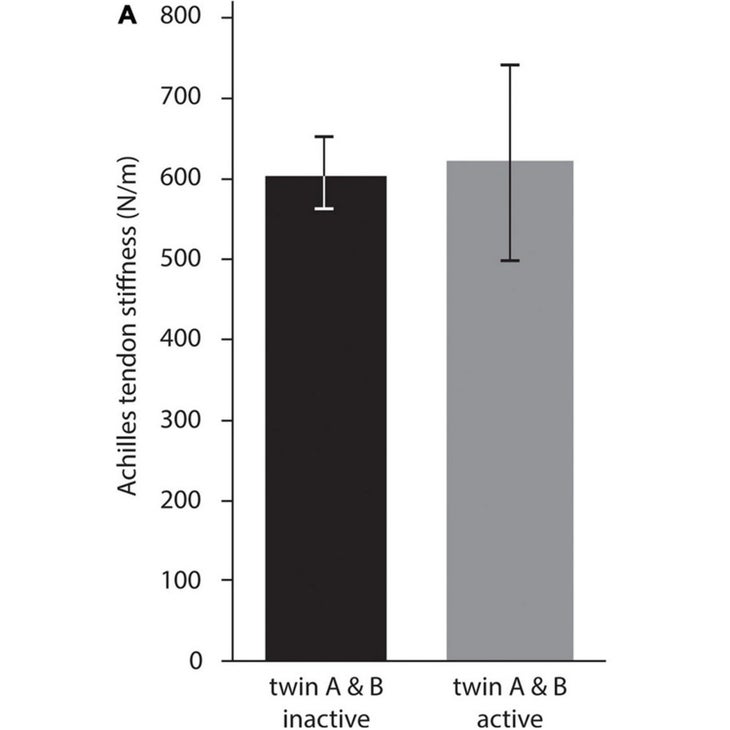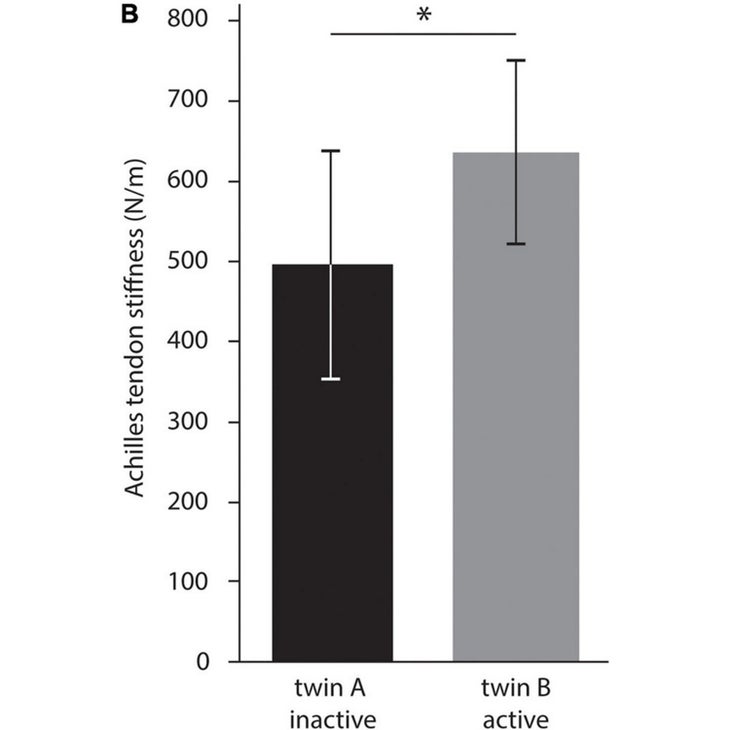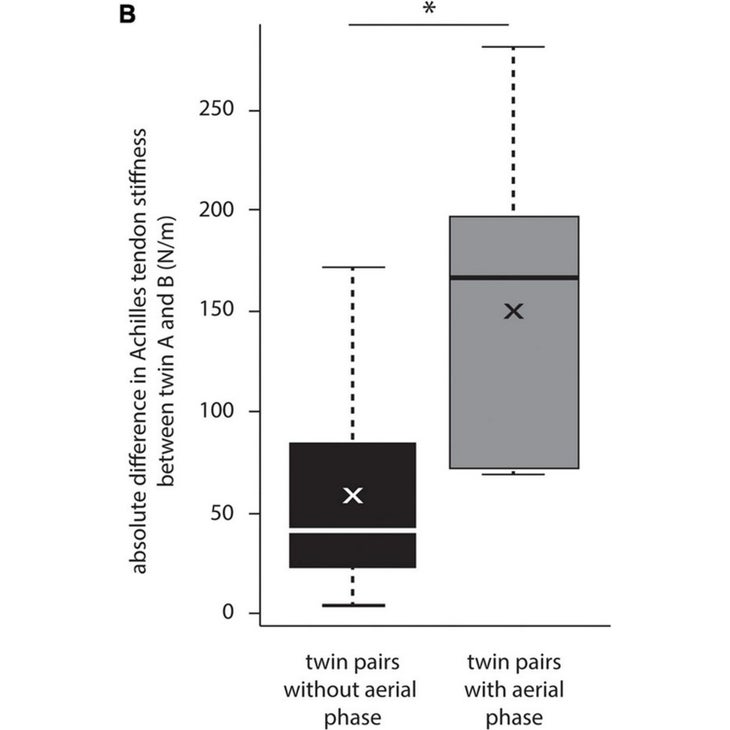Yes, You Can Train Your Tendons
4 min readA 10 years ago, Danish scientists collected samples from the Achilles tendons of 28 cadavers of many ages and calculated the total of radioactive carbon-14 in them. Higher than-ground nuclear checks in the 1950s and 1960s briefly raised amounts of carbon-14 in the atmosphere, which means that the quantity uncovered in any dwelling tissue reveals when that tissue was actively escalating or fixing by itself. The effects showed that the main of the tendon was shaped in the 1st 17 several years of existence, soon after which it grew to become essentially inert.
This photo of a seemingly lifeless tendon—a rubber band that connects your calf muscle mass to your heel bone—is worrying for two good reasons. Just one is that a great deal of runners create long-term Achilles tendon accidents, and they would seriously like to believe that it is doable for tendons to repair themselves. And there are, in truth, some researchers who now believe that an correct blend of rehab workouts and focused nutrition can cause tendon healing.
The 2nd cause is that the qualities of your Achilles tendon seem to be to be connected with functionality, and additional specially with how effectively you operate. For several a long time now, there has been speculation that one particular of the strategies to the global dominance of Kenyan runners is their uniquely extended and springy Achilles tendons. Comparisons of experienced and beginner runners also turn up distinctions in tendon thickness, stiffness, and framework. A extended, stiffer tendon can store a lot more electrical power as it is stretched with each individual stride, then release that strength as you toe off. What’s unclear is the extent to which these variances are born or the final result of training.
That’s what will make a new analyze in Frontiers in Physiology, from a study team in Germany led by Freddy Sichting of the Chemnitz University of Technology, particularly appealing. Sichting and his colleagues rounded up 40 pairs of identical twins, and experienced them fill out a questionnaire about their physical action and athletics habits, classifying every man or woman as energetic or inactive based mostly on a threshold of a person hour of teaching for every 7 days. Then the researchers measured the stiffness of their Achilles tendons applying a handheld unit that mainly rings your tendon like a bell and measures its vibrations.
On the area, the success could feel a tiny underwhelming. If you review sets of twins who are both of those active to pairs who are both equally inactive, there does not feel to be any variation in tendon stiffness. Here’s what that appears to be like:

But the image variations if you glimpse only at pairs where a person twin is energetic and the other is inactive. In this case, the energetic twins have tendons that are 28 percent stiffer:

Specified that identical pairs commence with similar genes, this is powerful proof that long-phrase instruction does change the framework of the Achilles tendon, and it suits with preceding scientific studies that have found thicker and stiffer tendons in qualified runners. These ended up not elite athletes, so superhuman coaching concentrations weren’t essential to modify the tendons. That said, the energetic subjects experienced been taking part in their most important sport for an typical of 15 several years, so they had lots of time to adapt.
The rationale distinctions only display up when you review identical twins is that the variance involving twin pairs is substantially greater than the variance within twin pairs. Education matters, but genes undoubtedly make a difference also. Which is also highlighted by a further latest analyze, from an global workforce headed by Victoria University’s Nir Eynon, which included to proof that selected gene variants make you more inclined to tendon accidents. For illustration, versions of a gene termed COL5A1 are believed to change the construction of the collagen fibrils that make up tendons and ligaments.
There’s one other perception from Sichting’s review. They divided the documented exercise functions into those that involve an aerial period with equally feet off the ground (like running, basketball, or tennis) and people that don’t (like cycling, swimming, and going for walks). The twins who participated in sporting activities with an aerial period had a great deal stiffer Achilles tendons that all those who were active in non-aerial sporting activities, which implies that leaping and landing are crucial triggers of adaptation:

I’d really like to wrap this up with Three Straightforward Exercise routines to Improve Effectiveness and Harm-Evidence Your Achilles. (Visualize the clicks!) The truth of the matter is that there is nonetheless a whole lot of confusion and disagreement about specifically how tendons answer to unique sorts of schooling, what purpose they perform in functioning efficiency, and why they get hurt. But the vital issue is that all those Danish cadavers weren’t telling us the complete tale. Perhaps they simply just weren’t active more than enough as adults to promote tissue renewal. Tendons are certainly slow to adapt, but they’re not inert rubber bands—and the extra we study about how to teach them, the less probable they are to grow to be your Achilles’ heel.
For more Sweat Science, join me on Twitter and Fb, indication up for the e mail publication, and verify out my book Endure: Brain, Body, and the Curiously Elastic Limits of Human Efficiency.






